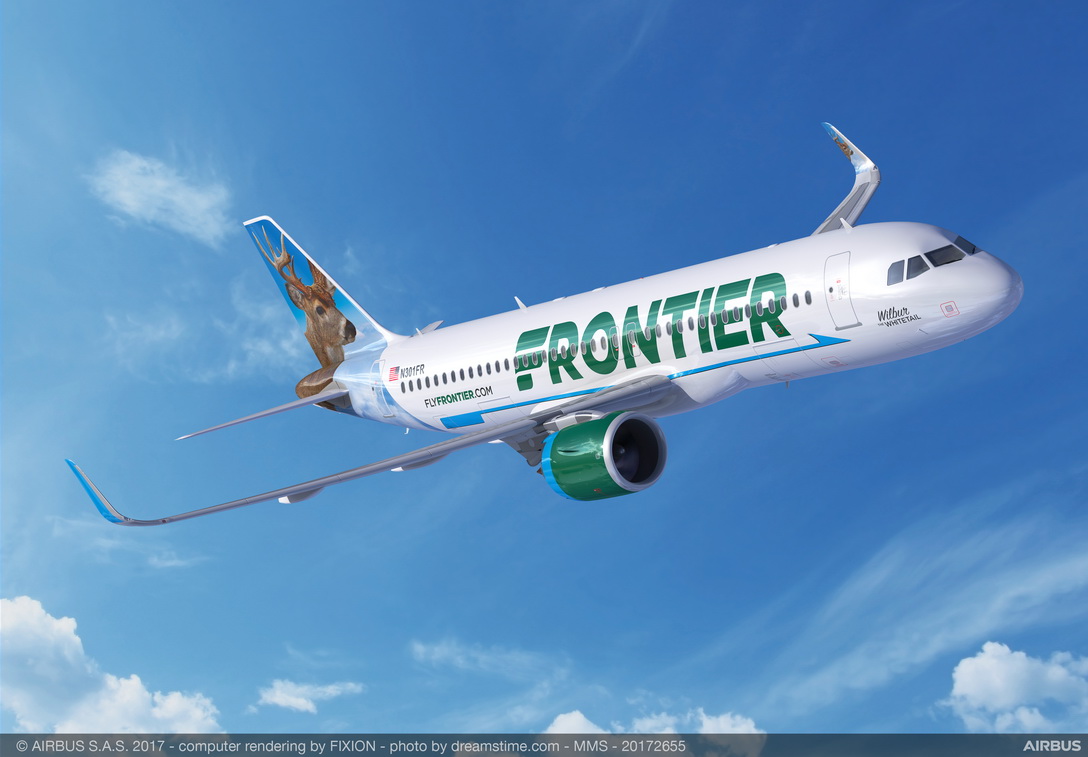What Is Poisoning US Flight Attendants?

Flight Attendant 2018 Uniform
First, it was crew members at Alaska Airlines and then American Airlines. Now, cabin crew at Delta Air Lines have stated that they are suffering from health issues they say are caused by new uniforms. Many are fearful of reporting their concerns, worried that these could be used against them in retaliation.
Cabin crew at Delta Air Lines said that their new uniforms are making them ill. As Business Insider reports, the crew at Delta received new uniforms—created by designer Zac Posen in collaboration with Lands’ End—in 2018.
First Alaska, Then American, and Now, Delta
Since then, some have come forward to say that they have been suffering from a variety of mysterious health issues, including respiratory irritation, rashes, lesions and hair loss. If these complaints sound familiar, they are; in 2012 and 2016, crew members at Alaska Airlines and American Airlines also raised their concerns over a possible link between their respective new uniforms and ill health.
These health issues experienced by staff at Delta have been documented over an 18-month period, but as the outlet notes, those who formally reported their problems say that the airline—which has the biggest group of non-unionized crew members in America—has been inconsistent with its handling of the issue.
As a result, the problem “…has helped fuel an organizing drive among Delta employees working with the Association of Flight Attendants (AFA), which represents flight attendants at 20 airlines.”
The AFA has stated that it will conduct independent tests of Delta’s new purple and gray uniforms to see if it can ascertain if there is a link between these and the health issues experienced by members of crew.
“It Started With Little Spots.”
Concerned about any retaliation from the airline and concerned about their livelihood, several members of crew spoke out to the outlet anonymously. “It started with little spots. I just didn’t know what it was. The last thing you’re going to think is your clothes,” they said.
This crew member was eventually assessed by a dermatologist, who explained that the spots were actually hives that had been caused by exposure to some kind of chemical toxin.
Commenting on her experience with the new uniforms, another crew member said, “I knew it was the uniform pretty quickly…just based on my relationship with my body and my health. I have to keep on top of everything.”
She was experiencing migraines and flu-like symptoms that kept getting worse and worse, forcing her to take time off of work.
A third member of the crew said that she kept experiencing respiratory issues after wearing the new uniform and was eventually diagnosed with a kidney infection.
No Direct Response From Delta
Despite these allegations, Delta management has not offered a direct response to these problems. At the supervisor level, some members of the cabin crew say that they have had a less supportive response from their managers.
For example, the crew member who was diagnosed with hives said, “They were really rude about it. They told me that ‘there’s no way the uniform could be doing this to your body.”
“I didn’t know if I was going to have a job anymore,” she added, explaining that she went for additional testing at a medical center affiliated with Delta and had to pay for all onward treatment.
She has since been allowed to wear a dress made of a different kind of material and, while she is still having outbreaks of hives, the episodes are less severe.
Only in November—as a result of press coverage of the issue—crew members were permitted to begin wearing independently purchased, non-uniformed business clothes, also known as “black-and-white”.
In fact, all three of the crew members interviewed by the outlet have been permitted to wear an alternative uniform.
But it appears that not all of those impacted by these health issues have been as lucky; Delta has been resistant to get all afflicted employees the help they need.
Speaking of how the airline has handled the problem, one of the crew members told Business Insider, “There’s no consistency at all.”
Dyes and Chemicals Could Be Behind These Health Issues
But what could be causing these instances of ill health among crew members? Industrial hygienist Judith Anderson, who works for the AFA, notes that the dyes and chemicals used to treat these uniforms can be problematic.
“Some of the chemicals we learned to look for in the Alaska garments were heavy metals like nickel and chromium, also irritant and allergenic dyes. Also formaldehyde, stain, and flame retardants — the list goes on,” she said.
The purple and gray dye used on Delta’s uniform has also come under scrutiny. It has been noted that the purple color rubs off on skin and some male members of cabin crew, who wear the gray uniforms, are also experiencing health issues.
As Anderson explains, a dearth of oversight in the supply chain has been problematic. “There are no rules for chemical contents in clothes. There are recommendations for maximum allowed amounts of some chemicals, but there’s no regulation that says that if you import garments from overseas to the US, they have to be tested for any chemicals and the amounts have to be below a certain level.”
What Happens Next?
To be clear: not all Delta crew members have suffered ill health due to these uniforms, and so it’s not quite clear how or even if the airline will replace them.
Speaking out, Sara Nelson, AFA president, said, “It’s an issue that was unforeseen before. We had dealt with issues like wool allergies and individual issues with specific fabrics. But this is completely different.”
A present, a number of NY-based crew members have taken legal action against Lands’ End and a lab analysis commissioned by the airline has ruled out that toxins from fabric are the culprit.
Delta, however, is reimbursing crew members who wish to purchase alternative, black-and-white uniforms.
In a statement, it said, “Our top priority has been and continues to be addressing our employees’ concerns, which is why we have been working directly with them to offer numerous alternative garment options, creating a new female gray suiting collection and providing access to the country’s top medical experts.”
[Featured Image: Delta]
























Are there any facts listed in this articles? Lots of possibilities and suspicions but no actual results or measurements? What's the purpose of such an article???
This is exactly why we need unions in America....and the non-response by Delta shows how the employers don't care in the least about their employees, unless they have the clout of a union. And it is a political thing. The republicans have worked tirelessly to kill unions and collective bargaining rights. This has got to stop. And employees like the Delta people need to form unions...
Having a toxicologist confirming the fabric and dys are safe for wearing is akin to asking them to certify peanuts are safe for consumption.Sure, the peanuts are not toxic, but they can cause allergic reactions. DL should have included ALLERGISTS in their independent assessments.
"To be clear: not all Delta crew members have suffered ill health due to these uniforms, and so it’s not quite clear how or even if the airline will replace them." Wow...not all crew members have suffered ill health YET. Delta knows there may be a serious health problem with the uniforms and is not replacing them? If the allegations in the story are true, then these airlines need to sued until the crawl up under a table a die.
I don't wear a uniform and am not an FA, but whenever I'm clothes shopping in a store with many new clothing items on racks, particularly synthetics, I begin to get unpleasant symptoms, such as red eyes and sometimes, respiratory issues. My dermatologist has told me that it's probably caused by the chemicals used in the manufacturing of clothing. He suggested limiting my exposure to synthetic fiber clothing and to wear washable fabrics instead of ones requiring drycleaning unless one can find one of the environmentally safe dry cleaning establishments.